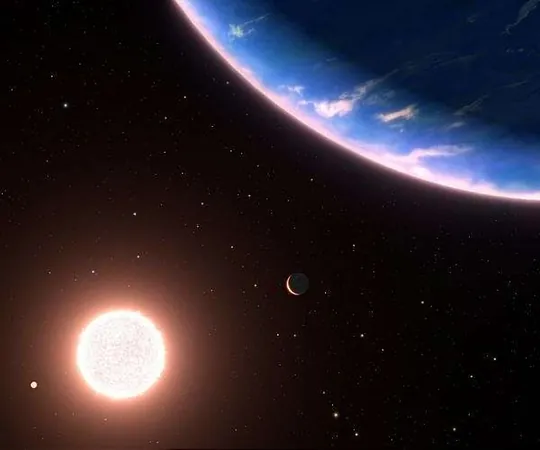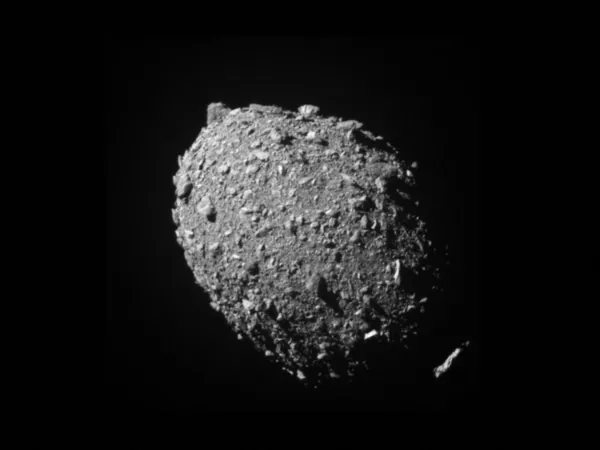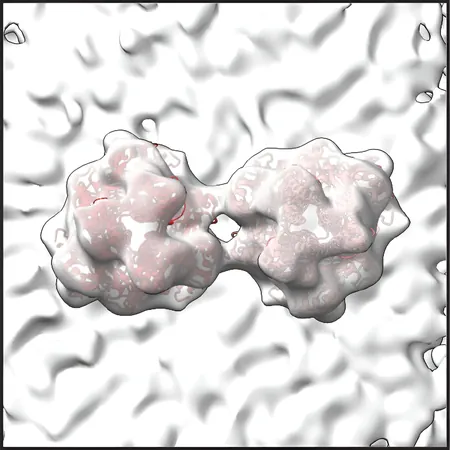
Discovering the Wonders of Exoplanet GJ 9827 d: A Potentially Water-Rich "Steam World"
2024-10-09
Author: Olivia
Astronomers have made groundbreaking discoveries about the exoplanet GJ 9827 d, shedding light on its water-rich atmosphere, which has raised exciting possibilities about the nature of its environment. This captivating research, led by Canadian scientists, was recently published in the prestigious journal *Astrophysical Journal Letters*. GJ 9827 d orbits a star located approximately 98 light-years away in the constellation Pisces, and its atmosphere could reveal insights into other celestial bodies that may harbor conditions suited for life.
A Unique Discovery
Caroline Piaulet-Ghorayeb, a Ph.D. candidate at the Universite de Montreal's Trottier Institute for Research on Exoplanets (IREx), spearheaded this pioneering study with a team of international collaborators. Earlier this year, the team detected water in GJ 9827 d's atmosphere using data from the Hubble Space Telescope (HST), making GJ 9827 d the smallest known exoplanet—about twice the size of Earth—to have a confirmed atmosphere.
The implications of these observations extend beyond GJ 9827 d itself; they challenge previous assumptions regarding the atmosphere composition of smaller exoplanets. Traditionally, atmospheric studies have centered on large gas giants, whose hydrogen-heavy atmospheres are more amenable to detection techniques.
The Challenge of Detection
Detecting atmospheres surrounding smaller, Earth-like planets has proven challenging, particularly when compared to larger planetary bodies. Piaulet-Ghorayeb remarked, "All the planets we've detected that have atmospheres so far have been giant or mini-Neptune planets, which do not resemble our terrestrial planet."
The research team combined data from JWST's Near-Infrared Imager and Slitless Spectrograph (NIRISS) with earlier HST observations to assess GJ 9827 d. This thorough analysis notably highlighted that the planet's atmosphere is characterized by heavier molecules, making it distinct from the hydrogen-dominated atmospheres of gas giants.
Atmospheric Insights
Through the innovative technique of transmission spectroscopy, the researchers could analyze light filtering through GJ 9827 d's atmosphere during transits across its host star. This method confirmed that the signals detected correspond to the planet itself, rather than any stellar contamination.
Interestingly, two potential types of atmospheres were identified: one resembling a cloudy, hydrogen-rich expanse with trace amounts of water, and another featuring a denser, water-rich composition. The high proximity of GJ 9827 d to its star suggests it has a superheated atmosphere, possibly existing in a mixed state of gas and steam.
A Step Towards Understanding Habitability
Despite GJ 9827 d's high surface temperature of around 350 degrees Celsius making it inhospitable for life as we know it, the study marks a significant stride in the quest for Earth-like exoplanets. "This discovery is a huge step toward searching for atmospheres around smaller, terrestrial-like planets," emphasized Piaulet-Ghorayeb.
Researchers have long theorized the existence of these so-called "steam worlds." These planets, akin to icy moons like Europa or Ganymede, orbit their stars closely enough that water predominantly exists as steam as opposed to being frozen beneath an icy surface.
Looking ahead, further JWST observations of GJ 9827 d are on the horizon, poised to delve deeper into the composition and nature of its compelling atmosphere. As we continue to explore the vast universe, the possibility of discovering other rocky exoplanets with similar intriguing characteristics looms ever closer, igniting the imagination of scientists and enthusiasts alike.
Brace yourself, because the search for potentially habitable worlds is just heating up!









 Brasil (PT)
Brasil (PT)
 Canada (EN)
Canada (EN)
 Chile (ES)
Chile (ES)
 España (ES)
España (ES)
 France (FR)
France (FR)
 Hong Kong (EN)
Hong Kong (EN)
 Italia (IT)
Italia (IT)
 日本 (JA)
日本 (JA)
 Magyarország (HU)
Magyarország (HU)
 Norge (NO)
Norge (NO)
 Polska (PL)
Polska (PL)
 Schweiz (DE)
Schweiz (DE)
 Singapore (EN)
Singapore (EN)
 Sverige (SV)
Sverige (SV)
 Suomi (FI)
Suomi (FI)
 Türkiye (TR)
Türkiye (TR)